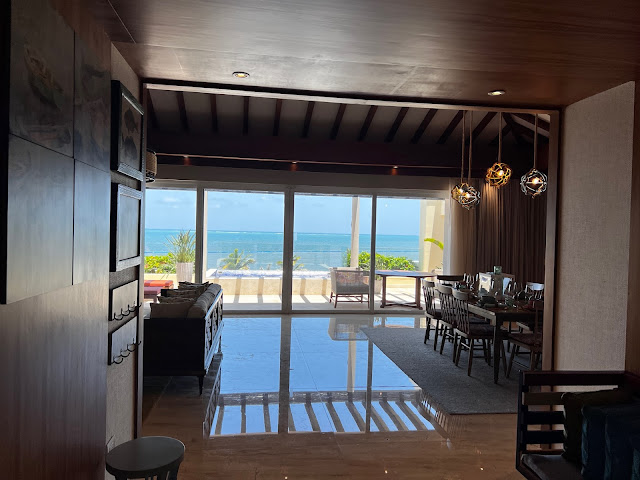Getting the name tag right is the linchpin of a successful conference.
As another conference season gets underway and event
planners go through their checklist of important things to take care of, I
suspect, somewhere at the bottom of their list lies the chore of printing the
lowly nametag.
The purpose of the time, money and effort of going to a
conference ranges from the nostalgic college-time pursuit of pub crawls to the
pursuit of learning about new products and continuing education credits. Across
these various goals the common thread remains the human connections, that get
choreographed and managed by how an event is structured.
There are conferences where the human connection is designed
to be casual and not professional. You walk away having met seven Timothy’s and
five Tammy’s, not knowing who's who or what role they play in the industry. In
the theater that is a business conference, what’s missing is a simple way to
learn about someone you meet, learn about their industry experience, and leave
with an exchange of new knowledge, a new business lead or a new opportunity.
Personal identities and stories are how one makes friends in an industry. It is
how one gets known in an industry.
That is why the lowly nametag is not to be taken lightly.
Until AR glasses become the norm, where someone you meet is instantly
identified by your eyeglasses, the name tag is key. The current trend of name
tags showing only the first name in large font is useless except for the
barista at the café to announce that your order is ready. Effective networking
requires learning about a stranger quickly and getting down to business.
Avoid excessive white space on a conference badge. The tiny
real estate on a badge is like a billboard you pass by at 30 miles an hour. It
must give a snapshot of who the person is in the context of the industry so
that attendees can network judiciously. Less time trying to figure out if we
can help each other, and more time helping each other. Conference badges that
make me scan a QR code to drop a contact into my phone should be more
thoughtfully designed to add context, so I can identify whom I met at which
conference. Last, but not the least, the conference badge must be printed on
the back and front so that no matter which way it dangles, the attendee’s
identity isn’t hidden.
In a world of AI agents, in-person events are the last sanctuary for human connections in business settings. The only way to preserve the sanctity of that human interaction is to have nametags that tell a conference delegate’s story – at a mere glance.












